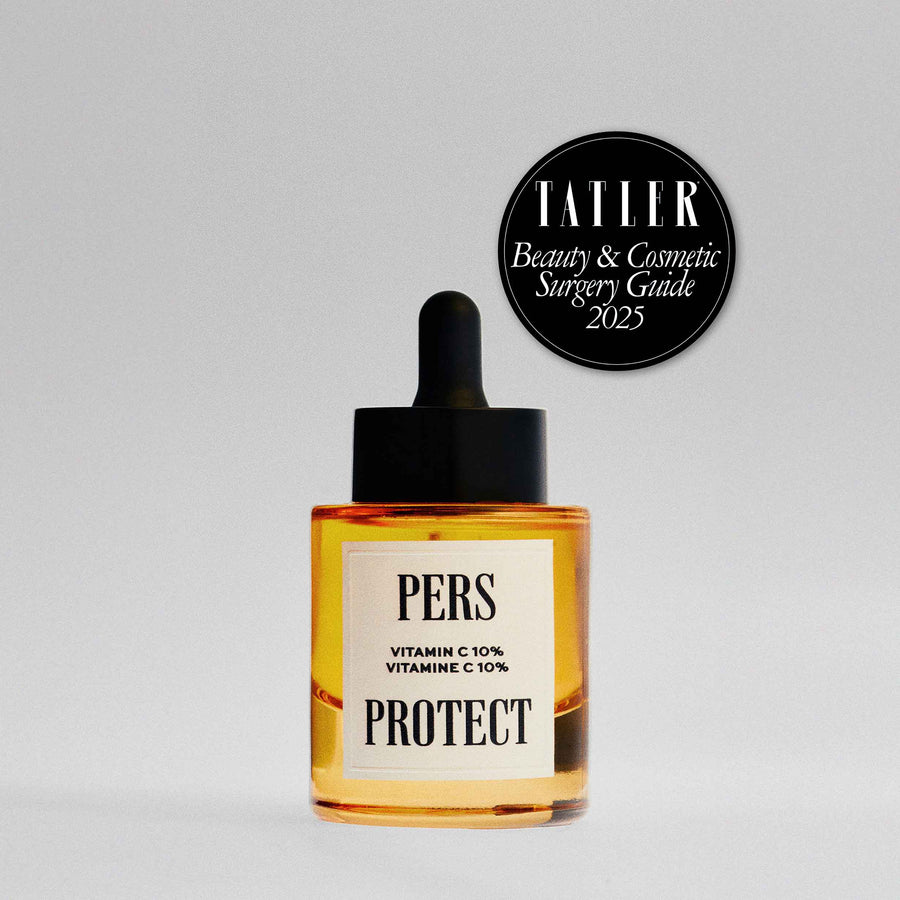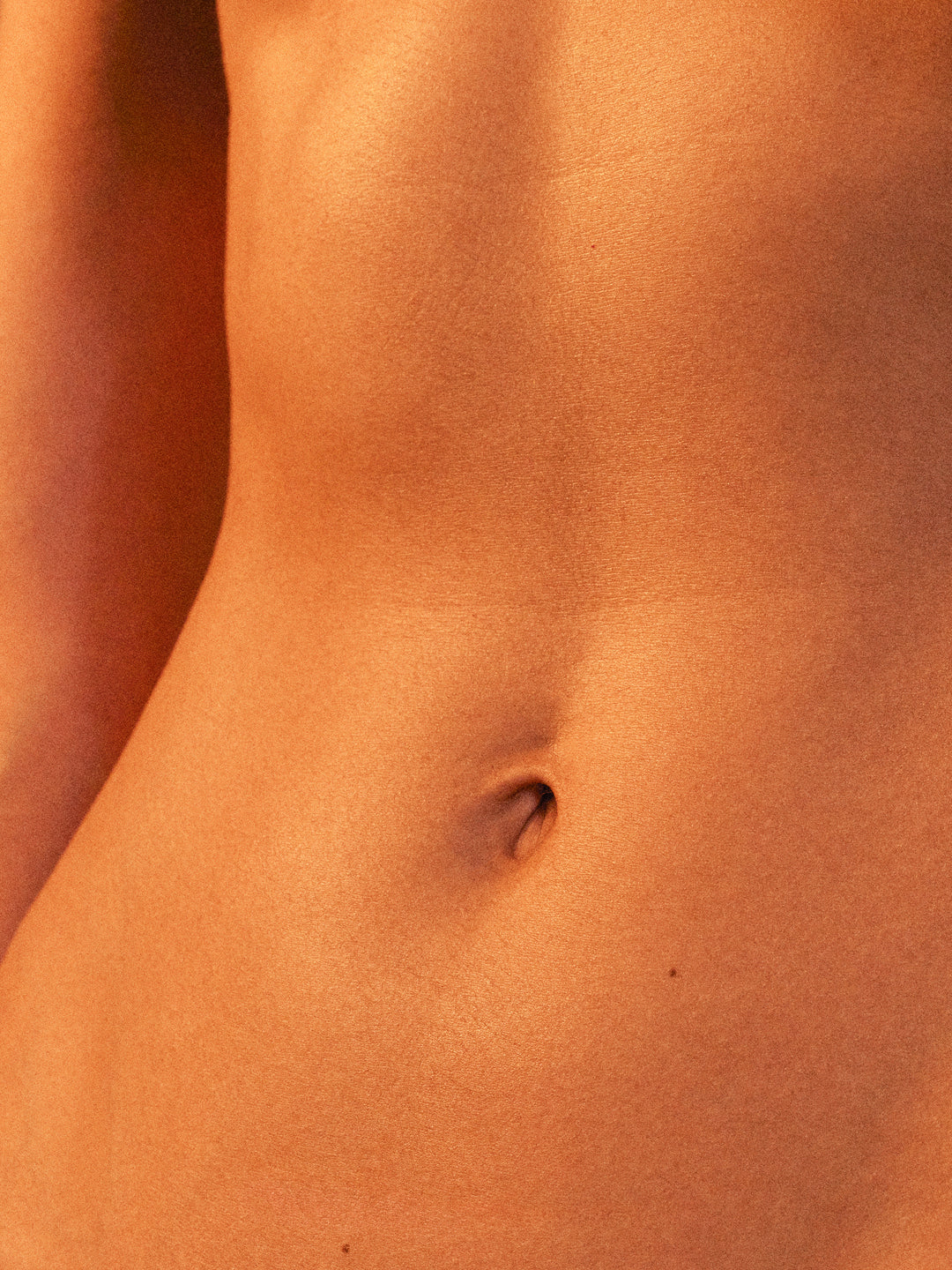Under-eye wrinkles: causes, prevention and treatment
A particularly fragile zone
The eye contour area is often one of the first to show signs of ageing.
Its very fine skin is rapidly impacted by the loss and natural disorganization of collagen and elastic fibres, and shows fine lines first.
The low collagen and elastin content, limited microcirculation and virtual absence of subcutaneous adipose tissue in the eye contour area make it highly susceptible to the ageing process.
In addition to sagging skin, photoaging, changes in bone volume over time and local allergies (dermatitis) accelerate this phenomenon.
The movement of facial expression muscles, linked to normal facial expressions, is also a cause of the appearance of wrinkles under the eyes.
In addition, certain individual factors such as smoking, unprotected UV exposure, stress or poor diet favor the appearance of premature signs of aging in this already particularly fragile area. It is therefore advisable to limit these factors as much as possible.
Finally, it should be remembered that genetics also play a role in the appearance of wrinkles.
Dynamic wrinkles and static wrinkles
Dynamic wrinkles, or expression lines, appear as a result of repeated expressive movements, supported by the contraction of subcutaneous muscles. Crow's feet at the outer corners of the eyes are a typical example.
Dynamic wrinkles are most likely to appear in people who are short-sighted, highly expressive, or often exposed to intense light that forces them to blink.
As the skin returns to its normal appearance when the muscle is rested, they are initially reversible. Over time, however, as the skin loses firmness, elasticity and hydration, these wrinkles become static wrinkles.
What cosmetic care should be adopted?
Between the ages of 15 and 25, it's best to start caring for the skin on your face by providing the necessary hydration. Later, you can opt for richer anti-wrinkle formulas.
As the skin around the eyes is finer and more sensitive than the rest of the face, it is advisable to opt for a care product dedicated to delicate active ingredients to avoid irritating the area or causing inflammation.
There are two types of moisturizing agents for creams:
- Surface humectants, which bind to and retain water in the skin's surface layers, such as hyaluronic acid, allantoin, panthenol and glycerine.
- Emollients, such as vaseline, silicone, squalane or shea butter, which form an occlusive film to prevent transcutaneous water loss and thus increase hydration.
While moisturizing creams generally contain a mixture of these two types, emollient agents that give a richer texture often predominate in creams for mature skin.
What are the benchmark anti-wrinkle active ingredients?
- Antioxidants (vitamins C and E, Lipoic Acid, Ferulic Acid, Niacinamide), which act at different levels to preserve the skin's beauty. For example, vitamin C is involved in collagen synthesis and prevents its degradation, while niacinamide stimulates collagen and elastin production to accelerate regeneration of the eye contour area.
- Biostimulant peptides act on fibroblasts, stimulating collagen and elastin synthesis to give skin tone and firmness.
- Myorelaxant peptides mimic the mechanism of action of botulinum toxin, temporarily paralyzing hyper-contracted muscles to smooth expression lines.
- Retinoids (retinol and derivatives) stimulate skin renewal and induce collagen synthesis.
- Biostimulant plant extracts that stimulate the activity of skin fibroblasts.
In addition, certain active ingredients help to erase expression lines, camouflaging them without actually healing them. These include boron nitride, alumina and certain silicas and silicone derivatives.
Cosmetic products for the eye contour area may also contain active ingredients to combat dark circles, including :
- Kojic acid, vitamin C, retinol and arbutin for their depigmenting action.
- Vitamin C, vitamin K and nicotinamide to strengthen blood vessels.
- Caffeine, for its vasoconstrictor virtues (narrowing of blood vessels).
- Bromelain or plant extracts (chamomile, calendula, mallow), for anti-edema and anti-inflammatory properties.
- Arnica, for its decongestant action.
Anti-wrinkle supplements
Anti-wrinkle supplements can also be taken to "nourish" the skin from within. These oral supplements provide the nutrients needed for skin metabolism (collagen, peptides and hyaluronic acid), antioxidants to combat free radicals (vitamins C and E, polyphenol-rich plant extracts) and biostimulant plant extracts to stimulate fibroblast metabolic activity.
Medical alternatives
When it comes to aesthetic medicine, there are several options for treating wrinkles around the eyes: hyaluronic acid fillers, botulinum toxin injections to relax the muscles responsible for static wrinkles under the eyes, chemical peels, laser, biorevitalization or radiofrequency.


